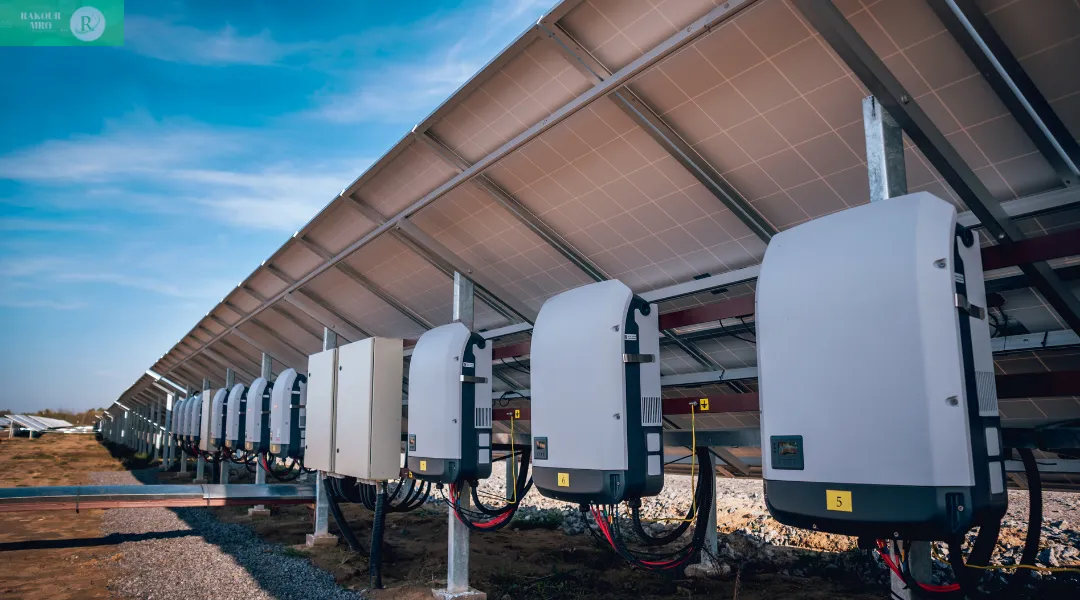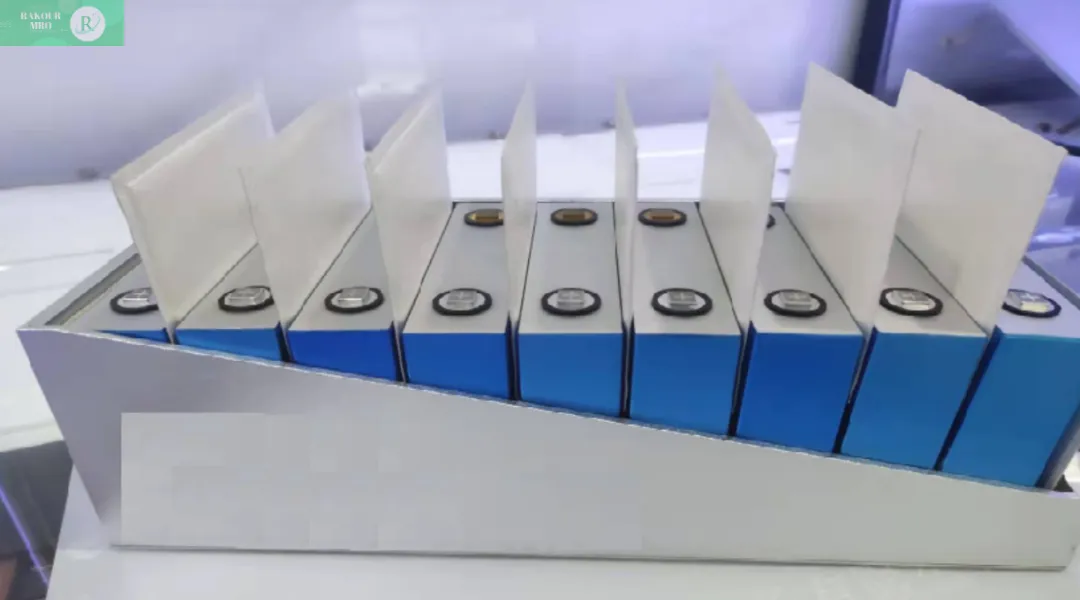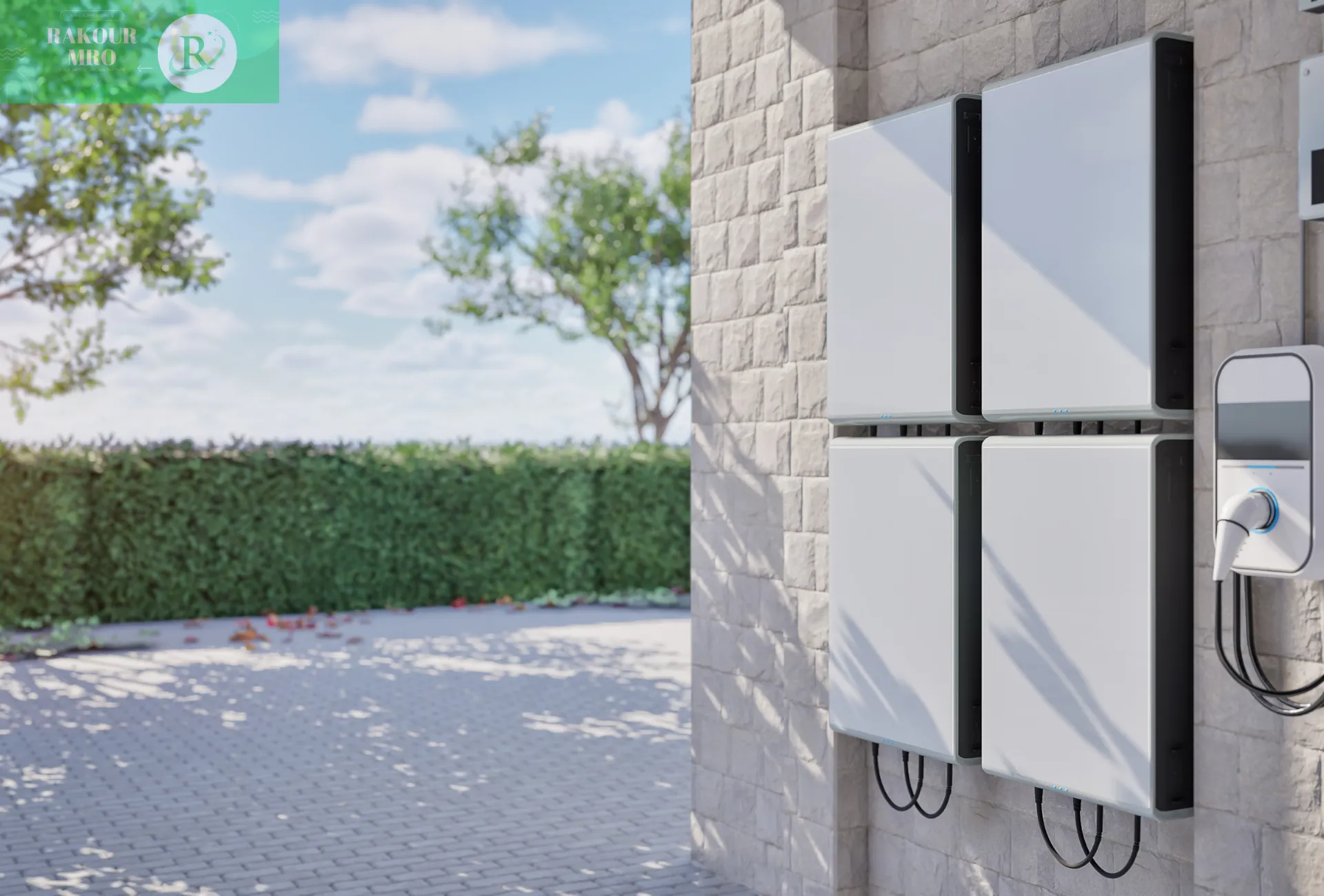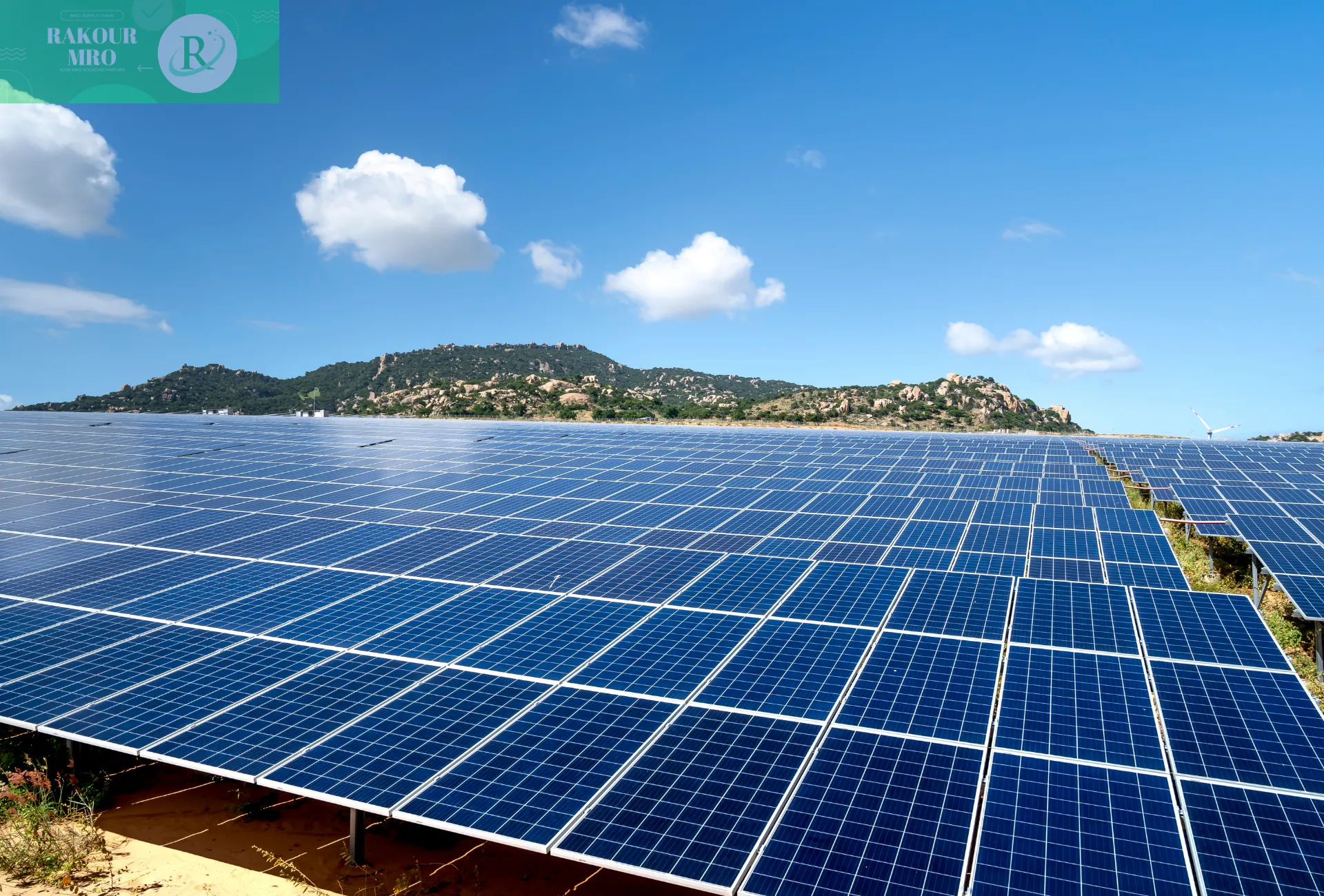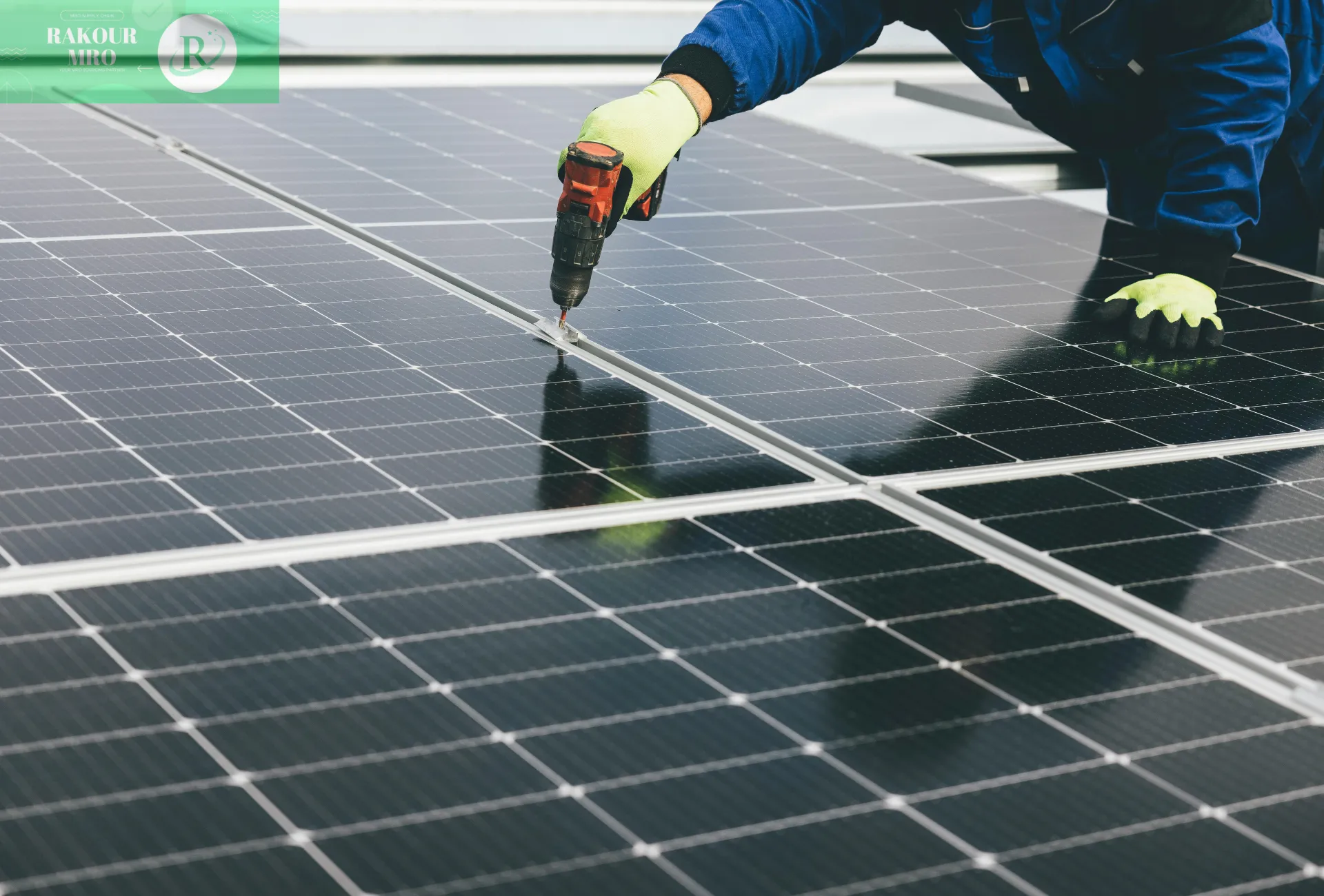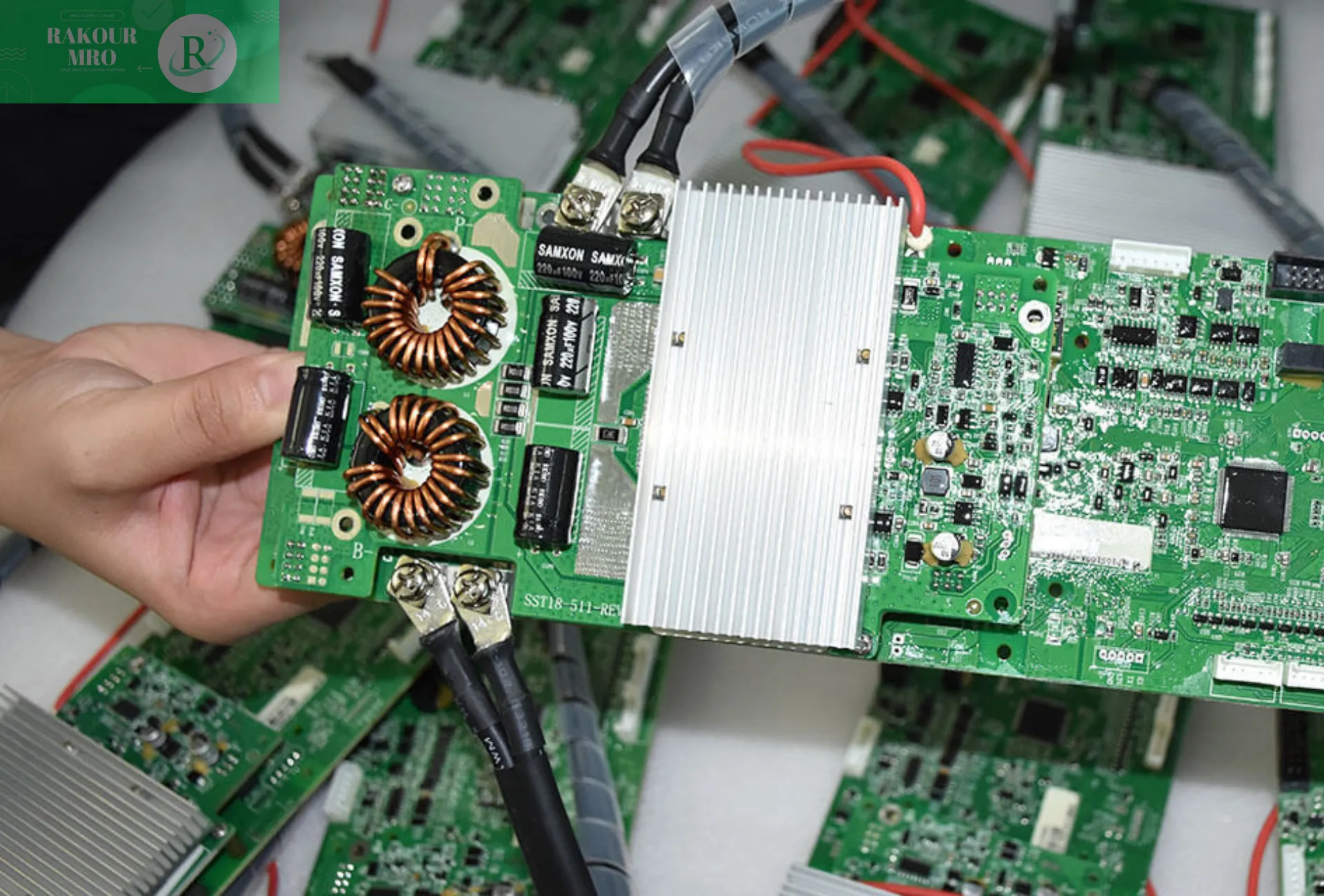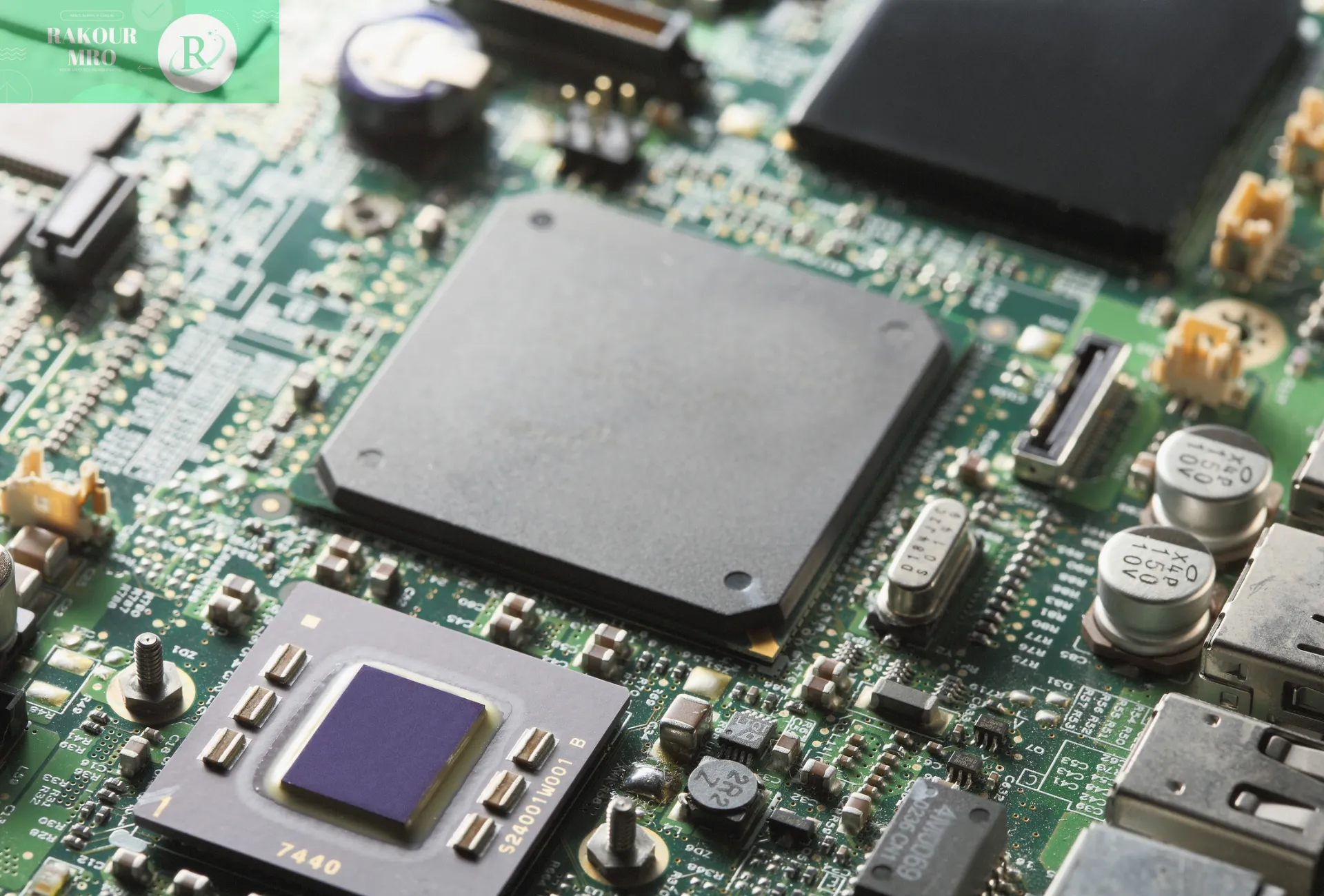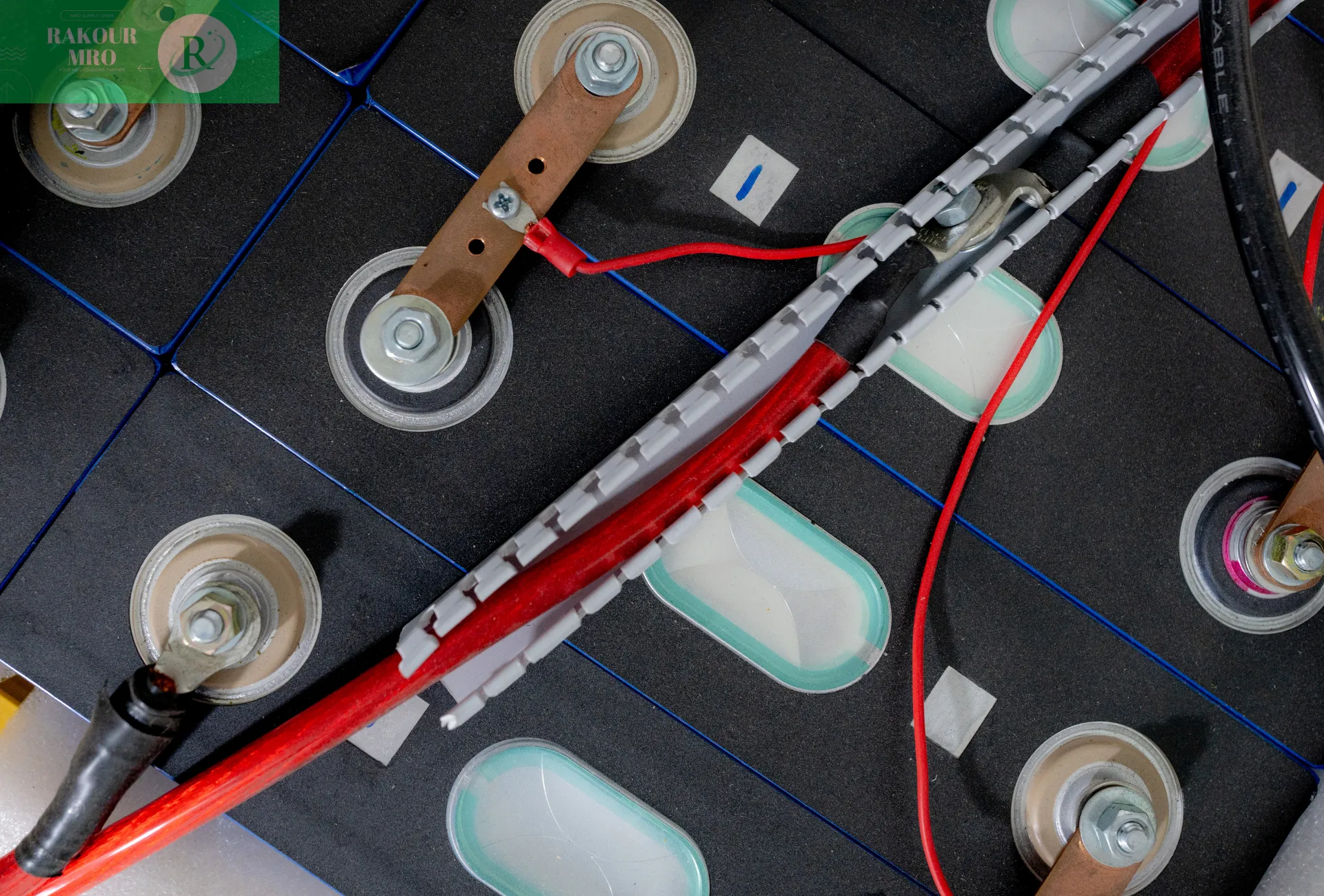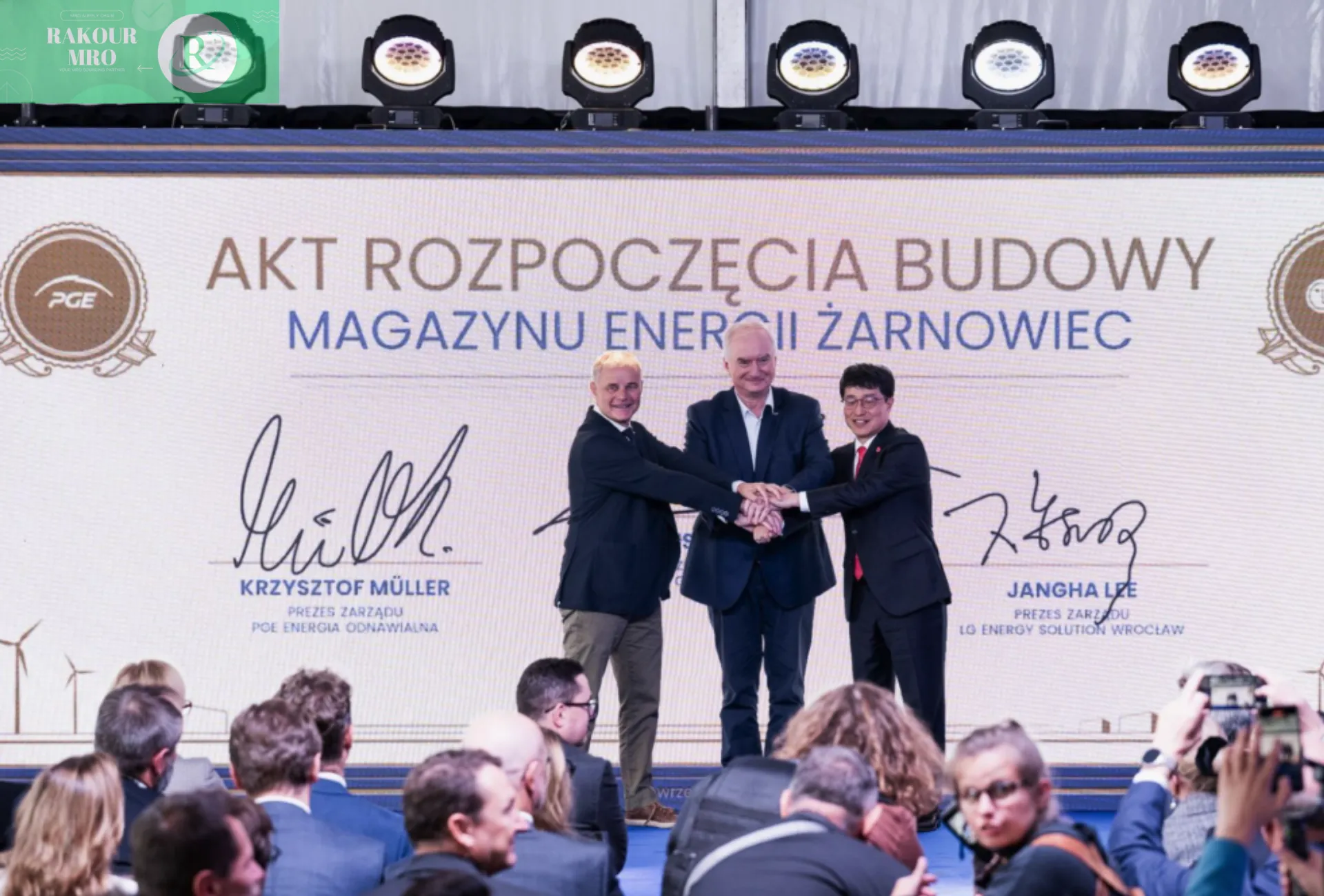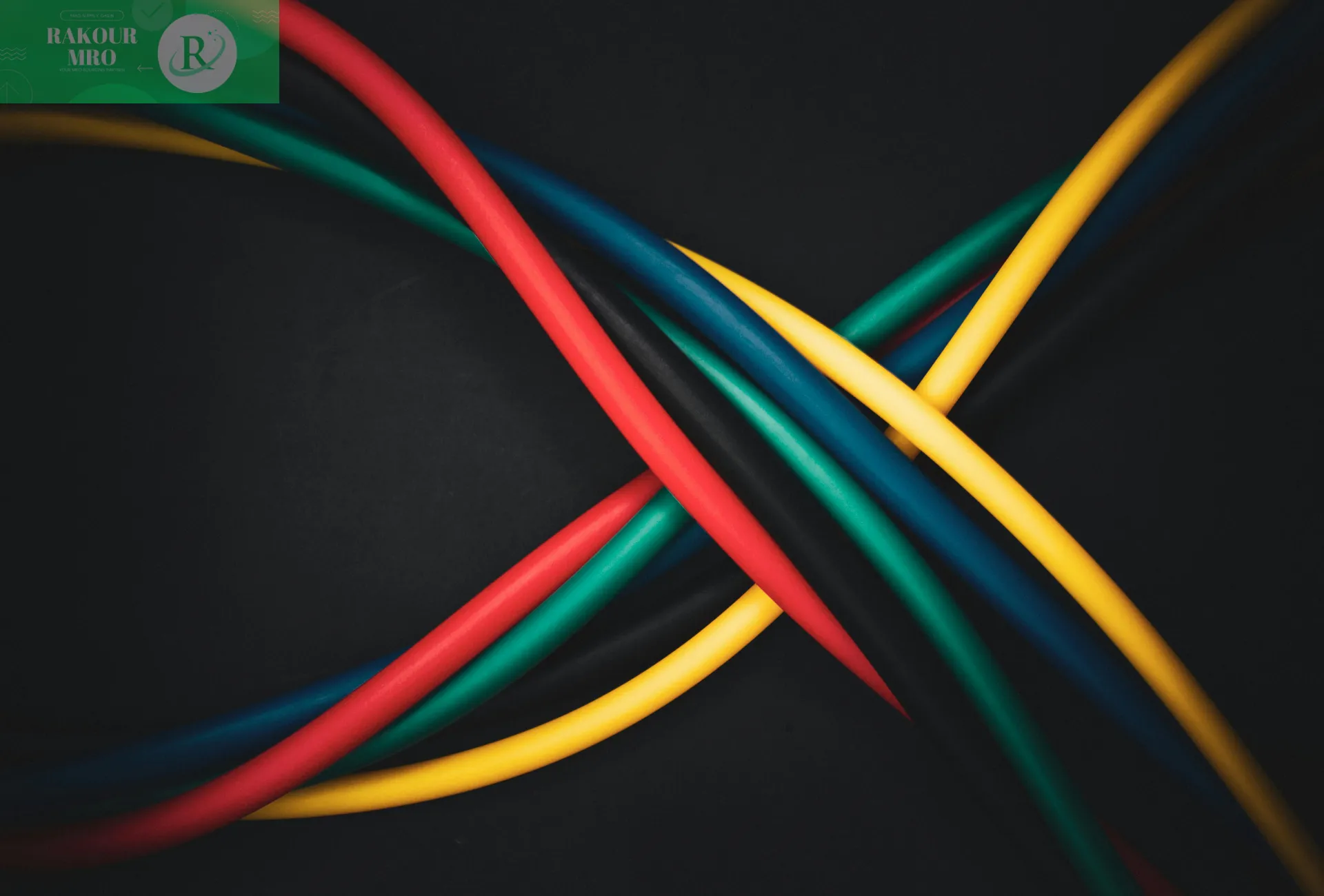When building an efficient and reliable photovoltaic power generation system, choosing a good solar inverter and pairing it with advanced lithium battery technology has become the core of achieving energy freedom and maximizing return on investment.
Selecting a good solar inverter is central to building an efficient and reliable photovoltaic power generation system. It not only impacts energy conversion efficiency but also long-term system stability and overall profitability. This article will delve into the key features of high-quality inverters, their synergy with lithium battery technology, and provide a selection guide for 2025 through practical examples.
Core features of a high-quality solar inverter
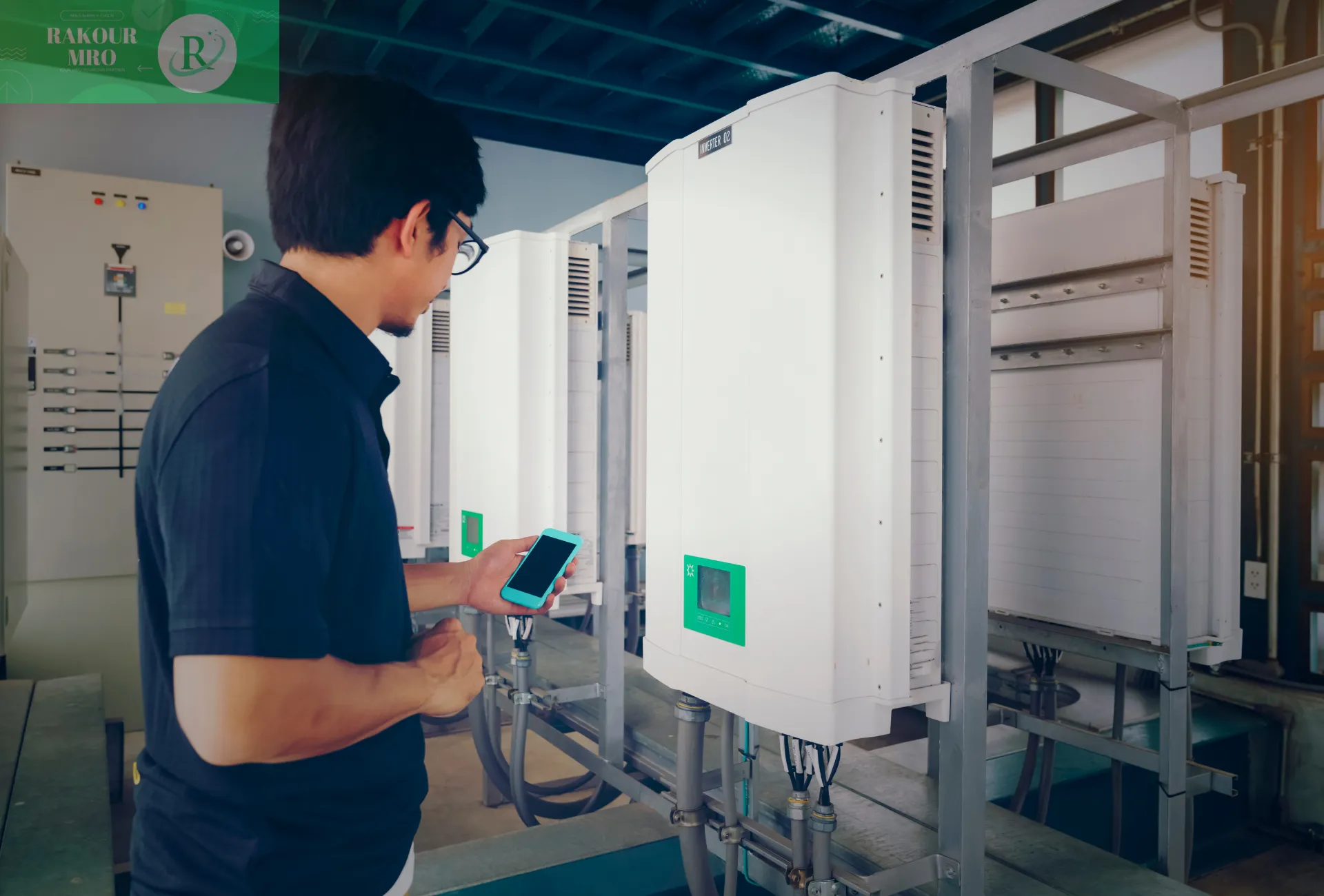
A good solar inverter does more than simply convert DC to AC power. It should be an intelligent energy management center, offering high efficiency, high reliability, and robust adaptability.
Key features include: high conversion efficiency to maximize photovoltaic power generation; robust MPPT (maximum power point tracking) technology that intelligently handles complex environments like fluctuating light intensity and shadows, improving overall system efficiency by 20-30%; rugged durability, such as an IP65 rating, to withstand harsh outdoor environments and ensure long-term stable operation; and intelligent monitoring capabilities that allow users to access real-time power generation data and conduct remote management via a mobile app.
In addition, the choice of inverter type is crucial. From common string inverters to hybrid inverters that integrate solar, battery, and grid input, the decision should be made based on the specific application scenario and future expansion needs (such as adding energy storage).
Lithium battery compatibility and intelligent energy management
A modern, high-quality solar inverter must work seamlessly with advanced lithium batteries (particularly LiFePO4 lithium iron phosphate batteries). Hybrid inverters excel in this regard, acting as the system’s intelligent brain, coordinating the flow of energy between solar power, battery storage, and the grid.
This deep compatibility with lithium batteries offers multiple advantages: It increases self-consumption by storing excess daytime solar power in batteries for use at night or on cloudy days, significantly reducing grid reliance. It also ensures uninterrupted power supply: in the event of a grid failure, the system can instantly switch to off-grid mode, continuing to be powered by solar power and batteries. It also enables peak-off-peak arbitrage, charging the battery during periods of low electricity prices and discharging it during peak periods, significantly saving on electricity bills.
The inverter’s built-in battery management system (BMS) is crucial for protecting the lithium battery, preventing overcharging or excessive discharge, and thus extending its lifespan.
In-depth analysis of inverter types and application scenarios
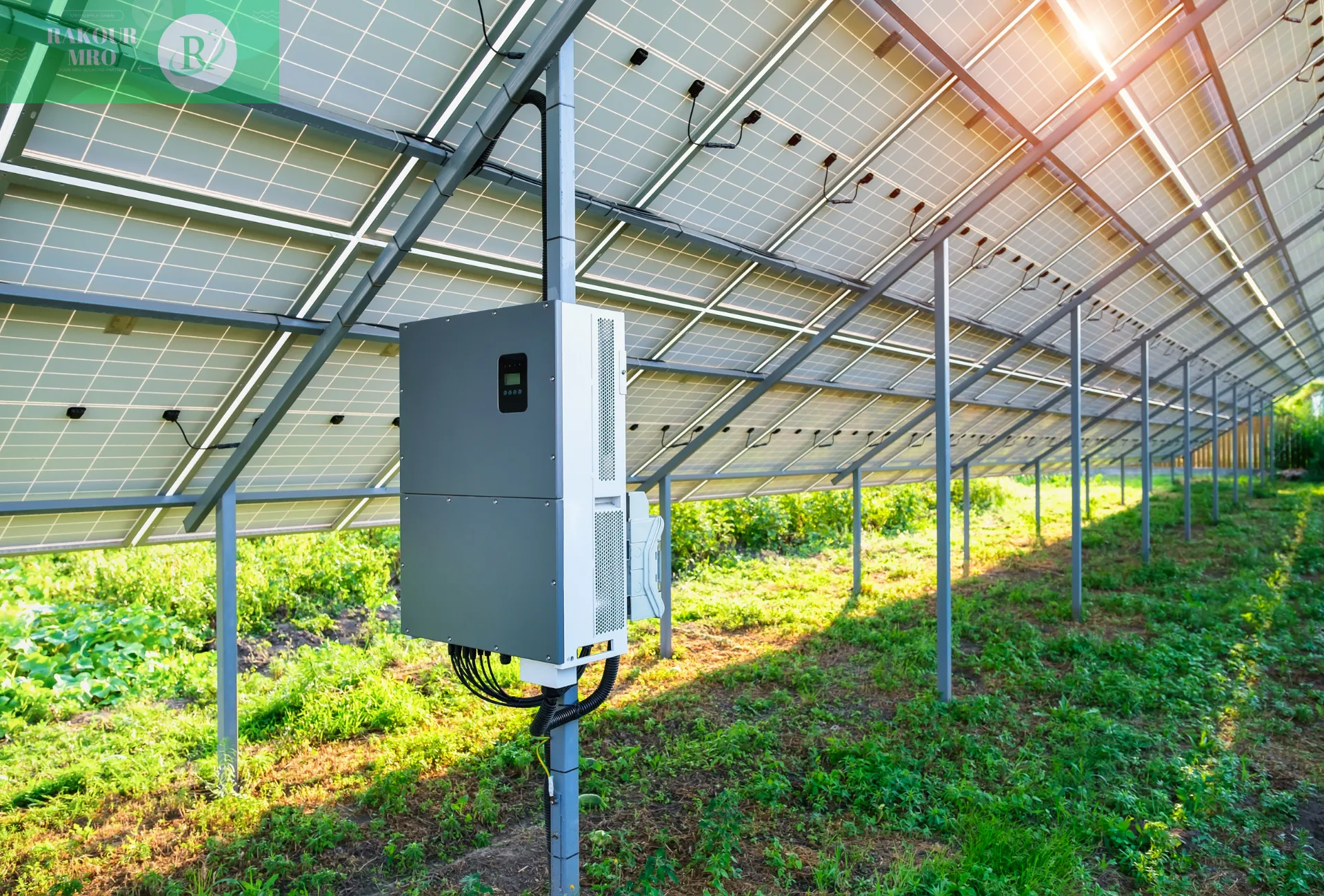
No single inverter is perfect for every scenario. Understanding the different inverter types and their optimal applications is key to making the right choice. Below is a comparative analysis of the main inverter types.
| Inverter Type | Best For | Key Advantages | Considerations |
|---|---|---|---|
| String Inverter | Residential and small commercial setups with uniform shading | Low cost, simple installation, proven reliability | Performance can drop if some panels are shaded |
| Hybrid Inverter | Users planning to add storage or seeking energy independence | Integrates solar, lithium battery, and grid; enables backup power and load management | Higher initial investment than string inverters |
| Microinverter | Complex roofs with shading issues or requiring panel-level monitoring | Maximizes each panel’s output, safe low voltage, easy expansion | Higher per-watt cost, more complex maintenance |
In addition to the rated power, other key considerations include: conversion efficiency, number and accuracy of MPPT paths, protection level (such as IP65), whether it has intelligent remote monitoring capabilities, compatibility with lithium batteries, and flexibility for future expansion.
Case Studies:SOROTEC REVO HES-G2 6KW Hybrid inverter
To illustrate these characteristics, we’ll use SOROTEC’s REVO HES-G2 6kW hybrid inverter as a case study. This inverter exemplifies what makes a good solar inverter.
Designed for medium-sized homes and small commercial applications, it’s a hybrid inverter compatible with PV, batteries, and the grid.
Its core advantages include:
High Efficiency and Intelligent Management: Utilizing advanced MPPT technology, it maximizes solar energy harvesting even in unpredictable weather conditions. It provides pure sine wave output to protect sensitive appliances and features dual outputs for intelligent load management.
Seamless Lithium Battery Integration: This inverter offers excellent compatibility with LiFePO4 lithium batteries. Its built-in BMS ensures battery health and supports multiple modes, such as grid-connected operation, off-grid backup, and charging to take advantage of peak-off-peak electricity price differences.
Robust Durability and Remote Control: With an IP65 rating, it’s dust- and water-resistant, making it suitable for demanding installation environments. With built-in Wi-Fi and a mobile app, users can monitor system performance and troubleshoot problems at any time.
This case study illustrates how choosing a comprehensive and adaptable inverter can help users build an efficient, autonomous, and intelligent energy system.
Summarize
Choosing a good solar inverter is a comprehensive decision that requires weighing efficiency, reliability, compatibility with lithium batteries, and specific application scenarios. By 2025, inverters will no longer be simple converters but will have evolved into the intelligent core of the entire energy system. Ongoing technological innovations, such as the introduction of AI algorithms, are continuously improving their performance. Therefore, investing in a high-quality hybrid inverter paired with a reliable lithium battery system is considered a critical step in achieving long-term energy savings and improving energy resilience.

